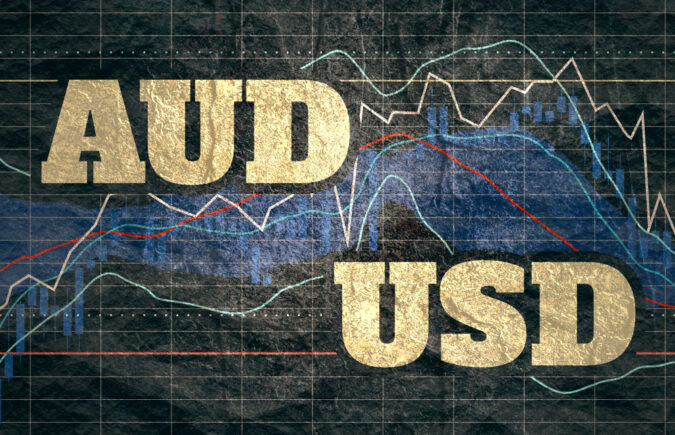
- RBA executed a 25bp cash rate hike, whereas market players anticipated a 50bp.
- Trader focus switched to other banks to see if RBA preceded others with similar plans.
- AUD-USD exchange rate battled around a double-bottom pattern neckline, presenting a bullish signal.
The RBA (Reserve Bank of Australia) was the first leading bank to declare its financial decision in October. Remember, the central bank reveals its decision each month’s first Tuesday, expect January, and investors concentrate on RBA’s remark during the announcement. Meanwhile, today’s financial move surprised markets.
One leading bank has pivoted for the first period since global central banks kick-started financial tightening. The Reserve Bank of Australia executed only a 25 basis point hike, whereas market players expected a 50 basis points rate increase.
Does that imply the start of pivoting by leading central banks? Why such a move while inflation remained beyond target? Furthermore, should traders sell or buy AUD as RBA becomes the first bank to pivot?
Double Bottom Setup Suggests More Uptrends for AUD-USD
Though the RBA’s policy move could confirm the bank’s dovishness got the Australian dollar, investors should beware that the currency market comprises currency pairs. Exchange rates reflect a currency’s value against another.
Thus, most market players would expect Fed to pivot if the RBA did the same. That narrative saw buyers resurfacing after the first response in the AUD-USD exchange rate. Moreover, the pair hit new highs during the London session today.
The technical outlook supports bullishness for the AUD-USD exchange rate. A potential double bottom setup emerged near 0.6400, and the market battled around the neckline during this publication.
A closing beyond the neckline would open the path for stable advances towards the 0.6650 measured move. The only option to achieve that, considering RBA’s pivot, is the United States’ NFP data, scheduled for Friday, which will confirm a softening job market.
What RBA Said
The 25bp rate hike showed that RBA isn’t happy with sharp rate surges. The cash rate hovers at 2.6%, whereas Australian inflation sits at 6.1%. Nevertheless, the bank stated that the global economy retained a deteriorated outlook.
Higher interest rates and escalated inflation pressures households as far as budget is concerned – distress for the Reserve Bank of Australia.
Though today’s financial move could be dovish for the Australian dollar, AUD-USD’s technical outlook remained bullish. If that represents the initial pivot from central banks, market players will shift focus to the US Fed.









